Wood Guide: Types, Uses and Examples
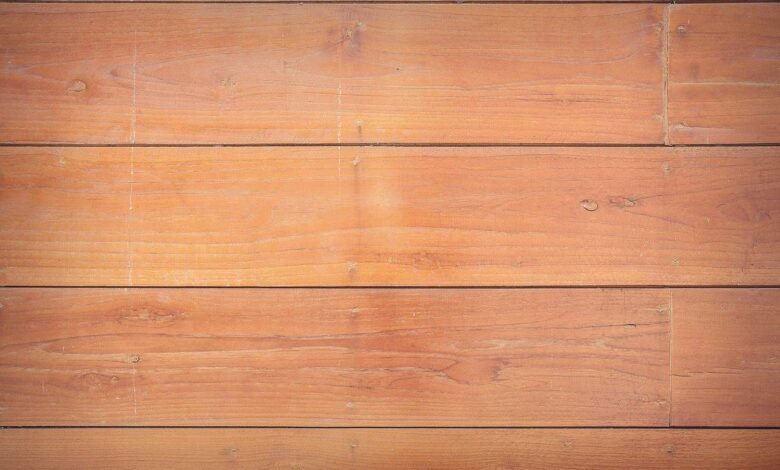
Wood is a raw material of plant origin that is obtained from the lower part of the bark of trees with a stem; it is found in woody-stemmed trees.
Of course there are also plants that do not produce wood, they are called herbaceous plants.
⭐️ To find out which is the best ax to cut firewood, you may want to read this article.
What is wood?
Trees are characterized by having trunks that grow year after year, forming concentric rings corresponding to the different growth of biomass according to the seasons, and which are composed of cellulose fibers joined with lignin .
Uses of wood
- Wood is used for the construction of necessary products in our homes, such as chairs, tables, beds, furniture in general, but it also has a field in technology, where it is used in many projects.
- It is an inexpensive, abundant, renewable, organic resource that is very easy to work with.
- Wood is a good conductor of sound, it is a thermal and electrical insulator, it is renewable, recyclable and biodegradable, ductile, malleable and tough.
- But, in addition, wood has other practical uses that make life more bearable for human beings.
- With it, pulp or pulp is produced, which is the raw material for paper.
- Firewood is also made to feed the fire; It has been used in this sense since time immemorial.
- It is used in construction, in carpentry, and has been featured in means of transport, such as ships and carriages, for a long time.
- Finally, it is good for pavements and floors, such as pallets, floating floors and parquet; in Europe its use in this sense spread from the seventeenth century.
What types of wood are there?
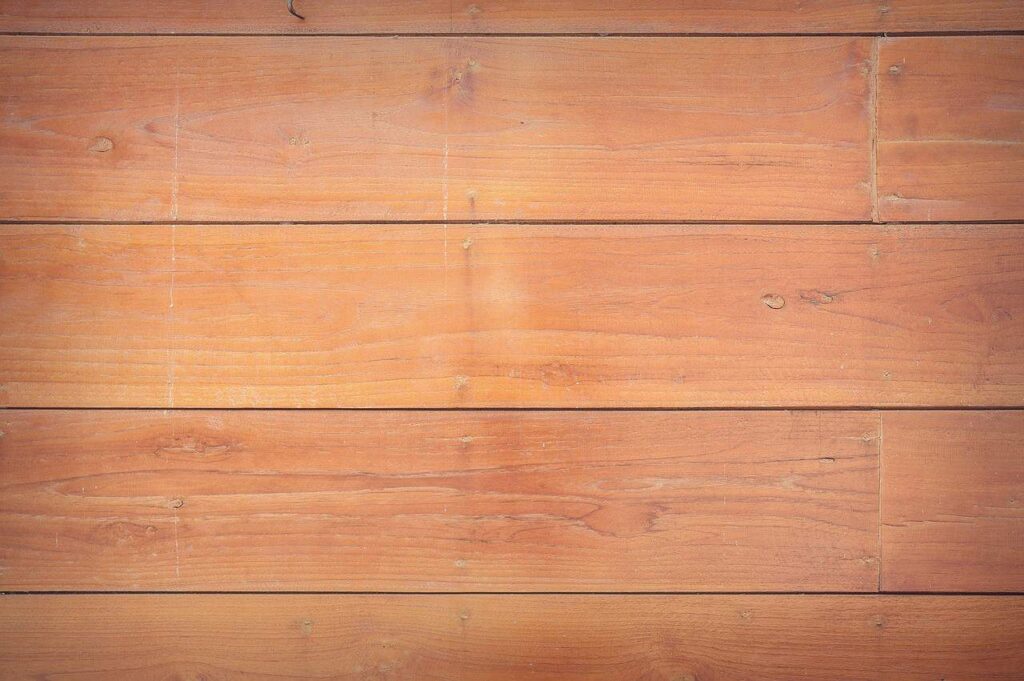 According to the length of their fibers, the woods are classified into long-fiber wood and short-fiber wood ; They are also classified according to their fine grain or their coarse grain.
According to the length of their fibers, the woods are classified into long-fiber wood and short-fiber wood ; They are also classified according to their fine grain or their coarse grain.
Regarding the type of wood, they are divided as follows:
Soft woods
Soft woods , which are those that come from fast-growing trees, coniferous trees, with needle-shaped leaves.
Softwoods are very light in color and easy to work with , such as willow poplar, acacia, pine , etc.
Hard woods
Hardwoods are those from slow-growing, deciduous trees , which are often oily and are used in furniture , sturdy construction, parquet floors, for tools, etc.
Examples of hardwoods are oak and walnut .
Resinous woods
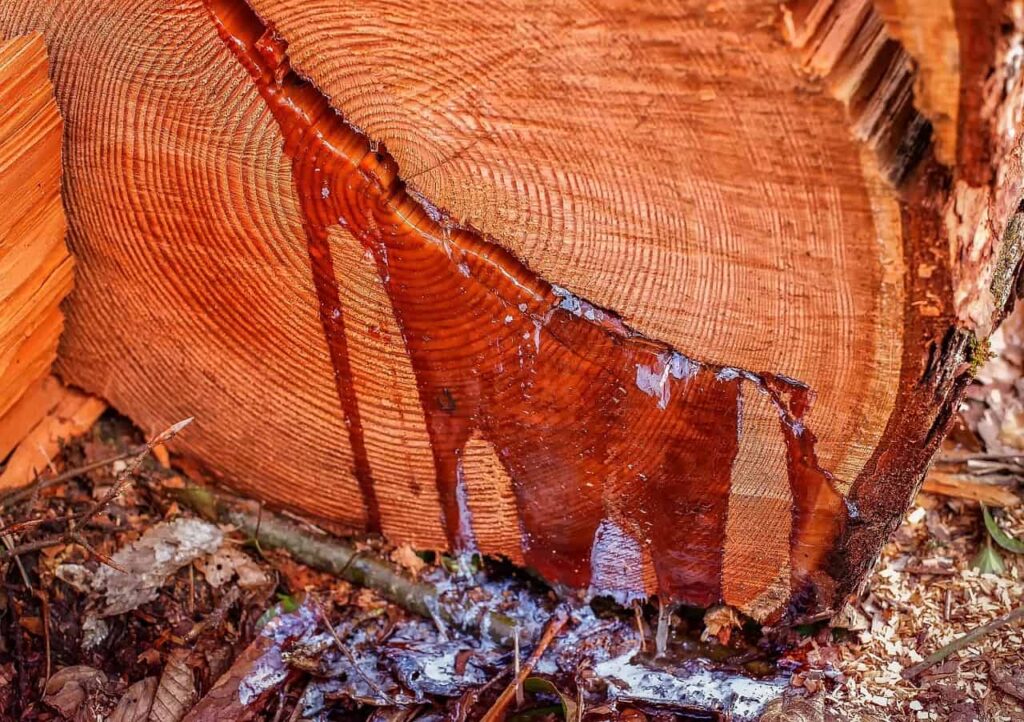 Resinous woods , particularly resistant to humidity, used in furniture, in the elaboration of types of paper, such as cedar and cypress.
Resinous woods , particularly resistant to humidity, used in furniture, in the elaboration of types of paper, such as cedar and cypress.
Fine woods
Fine woods , used in artistic applications, such as sculpture and architecture , for furniture and musical instruments and ornaments ; ebony, maple and fir, among many others, stand out in this regard .
Finally, the prefabricated woods , which are made from scraps of wood.
Of this type of wood are the plywood, the tablex , the agglomerates, the fibreboards.
What are softwoods (examples of softwoods)?
As we have indicated before, soft woods are those that They do not present difficulties when working on them.
They are, therefore, the easiest woods to scratch, nail or screw.
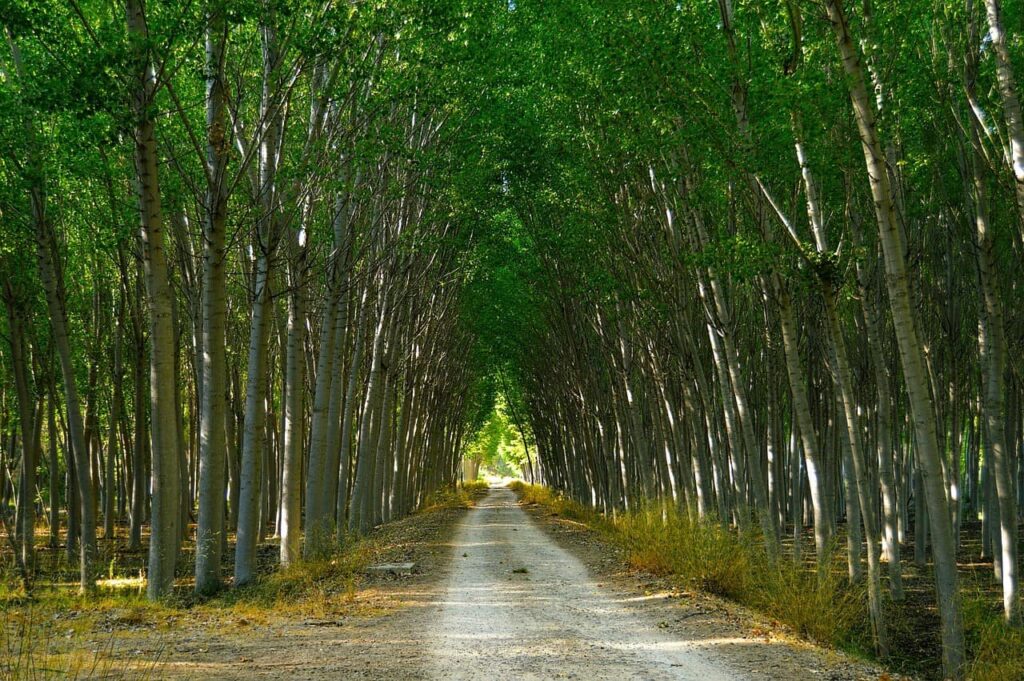 Raft . Balsa wood is the lightest and softest of the timber species. It is used mainly in model airplanes and for models, it is very easy to work with and can be scratched with the fingernail.
Raft . Balsa wood is the lightest and softest of the timber species. It is used mainly in model airplanes and for models, it is very easy to work with and can be scratched with the fingernail.- Pacific red cedar . Its wood is pinkish brown, veined, light, soft and very resistant to the elements. It is used mainly in carpentry, instruments such as guitar cases, siding, and posts. Care must be taken when working it so that dents do not occur.
- Poplar . Its wood is light in color, it is used mainly to obtain flat veneer and make plywood, also in boxes and containers. It is a wood with great lightness.
- False cypress. Its wood has good durability, it has been used in construction, for interior cladding and in the construction of boats.
- False chestnut . Its use is mainly ornamental as a tree. Its wood has specific uses such as decorative, electric guitars and small wooden objects.
- Alpine fir. The wood of the fir genus are soft, but this is the least soft. This wood is used in the paper industry and sometimes for structural purposes.
- Common spruce. It is the softest, it is widely used in construction, for example, in the manufacture of laminated beams and flooring among other products.
- Balsamic poplar. This species of the genus Populus has the softest wood. Its wood is light, fibrous, not very resistant and durable; It is used for paper pulp, matches, and packing boxes.
What are hardwoods (examples of hardwoods)?
There is not so much availability, which, added to their resistance and the beauty of their grain , make them very expensive; It is not a wood for the DIY novice.
As they are resistant to humidity, weather and temperature changes, hardwood furniture is especially suitable for bathrooms or kitchens.
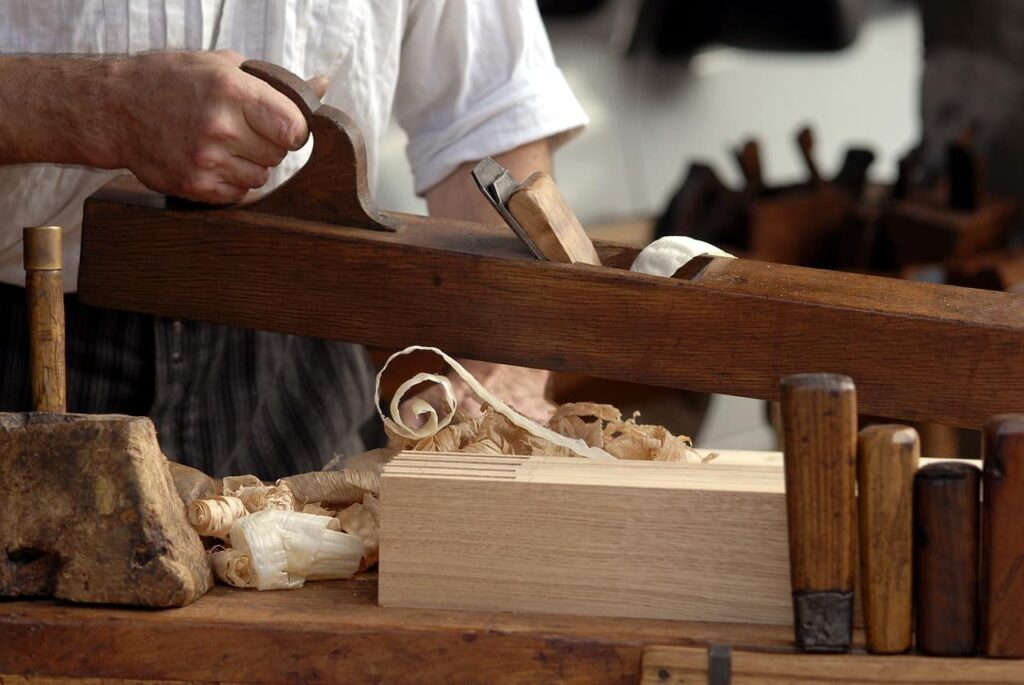 Ebony. The joinery owes its name to this black wood, from Africa where it has been considered sacred for centuries. It weighs a lot, has a smooth texture and a high density.
Ebony. The joinery owes its name to this black wood, from Africa where it has been considered sacred for centuries. It weighs a lot, has a smooth texture and a high density.- Oak. Red and white, it is one of the most used woods in the manufacture of furniture.
- Walnut. Used with other veneer woods, it is brown in color, easy to work with, and expensive.
- Birch . Cheaper than other woods, we find it in yellow and white colors.
- Mahogany. Reddish brown in color, it is expensive and difficult to obtain, and due to its elegance it is one of the most sought-after.
What chemical elements does wood have?
Cellulose is tasteless, odorless and colorless, resistant to water and weather.
The chemical composition of lignin is similar to cellulose.
Other secondary components of wood are resin, turpentine, fat, wax, colorants and inorganic substances such as potassium , sodium, calcium, magnesium, phosphoric acid and iron oxide .
The chemical composition of the wood is distributed as follows: elemental carbon 50%, oxygen 46%, hydrogen 6%, and small amounts of the ash components, 1%

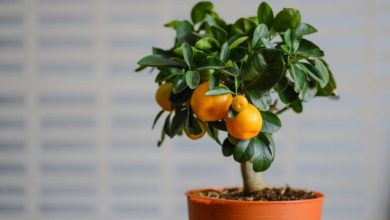
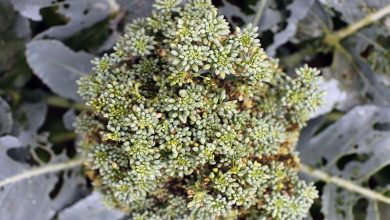
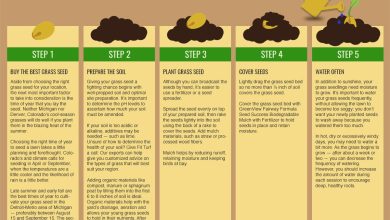
![Photo of Equatorial Climate: [Characteristics, Flora, Fauna and Adaptability]](https://www.complete-gardening.com/wp-content/uploads/2022/08/equatorial-climate-characteristics-flora-fauna-and-adaptability-390x220.jpg)